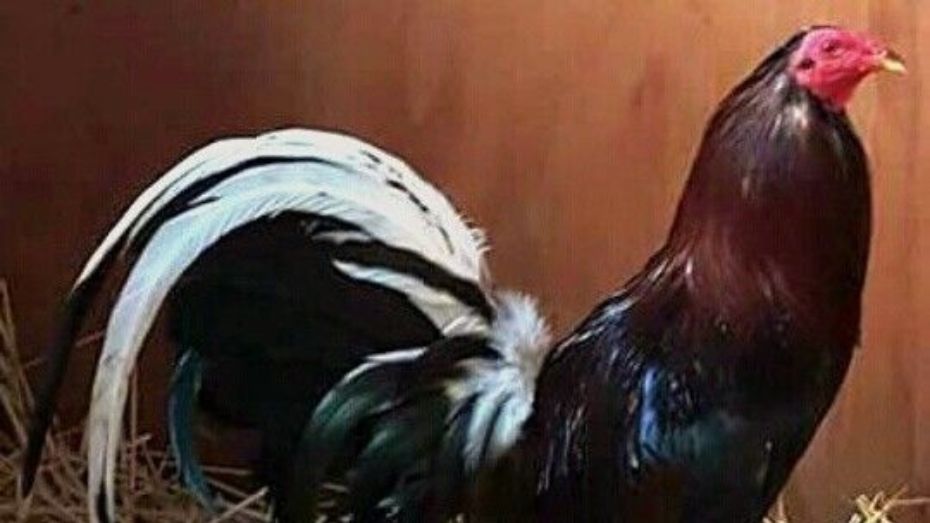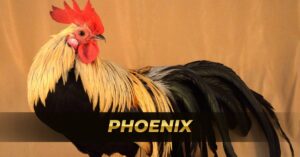Who is Walter Kelso?
Crossbreeding was a cause that was championed by the late Walter Kelso, who came from Galveston Island in Louisiana. Kelso handpicked claiming gamefowl to breed with his stock, which was unheard of during his period. This was done to improve strains when most breeder people concentrated on maintaining their bloodlines as pure as possible.

Historical Background
The origins of the Kelso Gamefowl breed may be traced back to the middle of the twentieth century, when Walter Kelso, a legendary parent in the gamefowl breeding, was responsible for developing the strain. Walter Kelso, born in Galveston, Texas 1892, developed into a person with a profound love for gamefowl and an incredible ability to generate birds with extraordinary fighting characteristics.

The beginning of Kelso’s journey inside the filipino gamefowl industry began when he purchased some amazing gamecocks from other well-known breeders. To establish a line of birds that possessed power, agility, and intellect, he carefully selected and crossed those birds during the breeding process. As a result of years of hard work and careful breeding, Kelso achieved terrific levels of fulfillment, and the Kelso Gamefowl breed emerged under tremendous and ambitious pressure.
Walter Kelso Entering Gamefowl Derbies
All of Kelso’s fighters were a series of battlecock crossbreeds, and he competed in gamefowl derbies under the moniker Oleander, a blooming shrub. In 1942, when Kelso’s close friend John Madigin passed away, he and his breeder colleague Bill Japhet inherited all of Madigin’s poultry, which included some of the most exceptional Clarets, Madigin Grays, and Texas Rangers.

By acquiring claiming stocks to breed with his own, Kelso was able to develop his fighters. When Kelso saw another rooster emerge victorious, he would purchase the victorious combatant to breed it with his own. While other breeders thought that pure stocks were the source of the Holy Grail of gamefowl strains, Kelso thought that others were wrong. He said, “I began infusing new blood in the Madigin hens.”
Orlando Tournament: Walter is Getting New Traits
Judge Ed Wilkins of San Antonio, Texas, fought a gorgeous light blue Typewriter cock during the Orlando Tournament around the year 1940. The Typewriter cock won his first fight with ease and then went on to get a second fight on the same day. This cock was one that Kelso requested and was granted. A Marsh Butcher cock and two Irish Blue hens were used to create a new strain of gamefowl known as the Typewriters. James G. Oakley of Alabama developed this strain during the breeding process.

The Butcher family is a hybrid of Grove Whitehackle, Lawman and Gilkerson, and the Marsh Gray Speeders. The Marsh Gray Speeders are a hybrid of the old Santo Domingo Grays, which hail from the island of the same name in the West Indies, and Burnell Shelton’s Knob Comb Blues.
Rather than concentrating on maintaining a strain as pure as possible, Kelso was more concerned with acquiring new features to boost the performance of any breed he owned. His best fighting gamefowl’s sister received his new fighter, which he mated with her. Kelso would add additional sisters to the enclosure if the cross resulted in the production of prize-winning fighters.
The Legacy and Selective Breeding of Walter Kelso
Walter Kelso’s impact on the gamefowl breeding network was not limited to the development of the Kelso Gamefowl breed at any time. His legacy is inextricably linked to responsible and ethical breeding, emphasizing quality’s significance over quantity. The fact that Kelso was so dedicated to his trade and could consistently produce gamecocks of the highest quality contributed to his rise to prominence as a renowned breeder.

Walter Kelso developed a strong belief in the power of selective breeding after he became an organizational leader. He conducted a thorough analysis of the performance of each bird within the pit, and he utilized this information to make informed decisions regarding breeding. With the help of this painstaking process, he developed and enhanced the characteristics of the Kelso Gamefowl breed.
Walter’s Commitment to Excellence

During Kelso’s constant effort to continuously improve the breed, his desire for greatness became a glaring example of his outstanding dedication. He knew the significance of maintaining high standards in maintaining bodily growth and preventing potential. The Kelso Gamefowl’s success in the competitive sport of sabong playing was a direct result of this dedication, which created the foundation for the breeding program.
Conclusion
Its long and illustrious history, as well as the legacy left by Walter Kelso, continues to serve as a testimony to the intricate sabong filipino gamefowl breeding industry. The Kelso Gamefowl has found a place in modern times thanks to its enduring characteristics, meron though the controversial sabong playing activity has been subject to challenges and prohibitions. Whether it is favored for its historical significance, prominent for its visual enchantment, or shown in fowl exhibitions, the Kelso Gamefowl continues to leave an unforgettable impression on the different panorama of fowl breeds.























